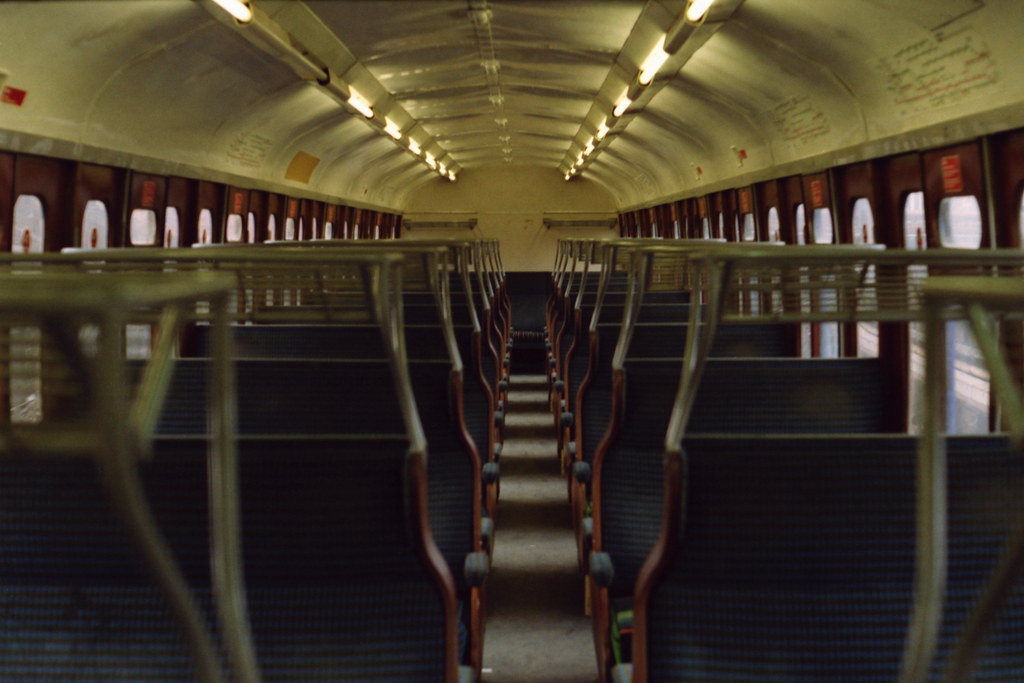OK, lots to digest there for which we are very grateful. We will have to read up on all the EMUs types listed here to educate ourselves.
The only things we can remember were that there were no corridors, just compartments with a door either side and (I think) we remember a guards compartment but this may be wrong. Funnily enough I can't recall the colour of the units but that's age for you.

By 1972 most SUBs and EPBs would have only had one of the middle carriages arranged as you describe,
but the other carriages were open-plan - still with a door to each bay of seats, but with an aisle down the middle of the carriage. Very high-backed seats by modern standards.
(Note the difference in windows - SUBs and SR-type EPBs like the lower picture had a top light above the opening window in the door, that the BR type EPBs like the upper picture lacked)
"SR-type" EPBs, and many SUBs, were actually built after nationalisation, but using the same tooling, dating from the early 1940s, as earlier SUBs. The BR-type were built alongside them using new tooling.
There was a guards compartment next to both driving cabs in a 4-car set, and next to one of them in a 2-car.
This (below) is an SR-type 4EPB- the guard's compartment is where the double set of doors is.
This is a BR-type EPB - similar layout. Thgese epnt most of the working lives on the South eastern, but were also on the SWD in the earlier years. (The Shepperton branch is in the South Western Division). Conversely, BR-type 2EPBs were found on all three divisions, but SR-type ones mainly on the Central Division
Most non-gangwayed units would have been all-over blue in the early to mid 1970s, with only gangwayed ones being in blue and grey. The odd green one might have still been around in 1972, and blue and grey for non-gangwayed units didn't come in until the 1980s.
These (below) are 4SUBs. Note the driver's door (on the EPBs access to the cab was through the guard's compartment) and the use of stencils instead of roller blinds for the route code. (although the one on the left seems to have the route code written on the iluminated panel instead! Note also that the SUBs required a tail lamp (as seen on the unit on the left) whereas EPBs had a red panel in the roller blinds to act as a tail light. (As seen on unit 5014 EPB above)

And finally, the one-off prototype PEP train. It was actually made up of three units: two four car and one two car, but on the SW it only ran as an eight car train. (They also ran trials on the South Eastern, where platforms were long enough for a ten coach train). Originally the two 4-car sets were blue and the 2-car was unpainted aluminium, but at some point the 2-car swapped one if its cars with one of the 4-cars, as can be seen here with the fifth car of this eight-car formation in unpainted aluminium. Unlike the later classes 313, 314, 315, 507 and 508 derived from this prototype, the intermediate cars in the PEPs had three sets of doors.











